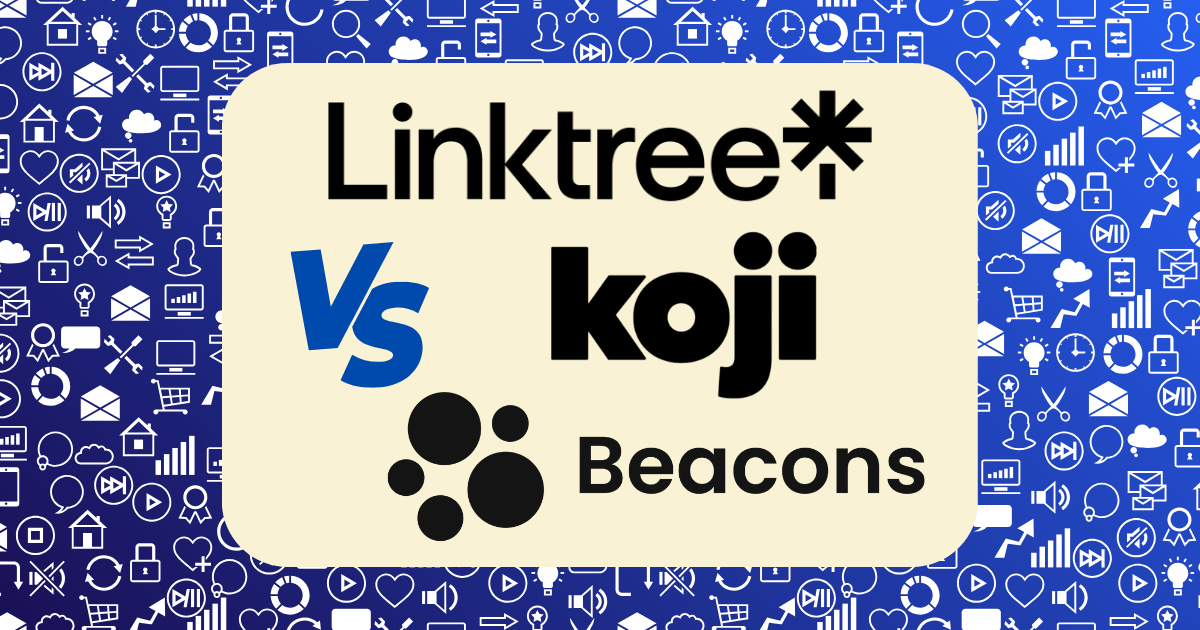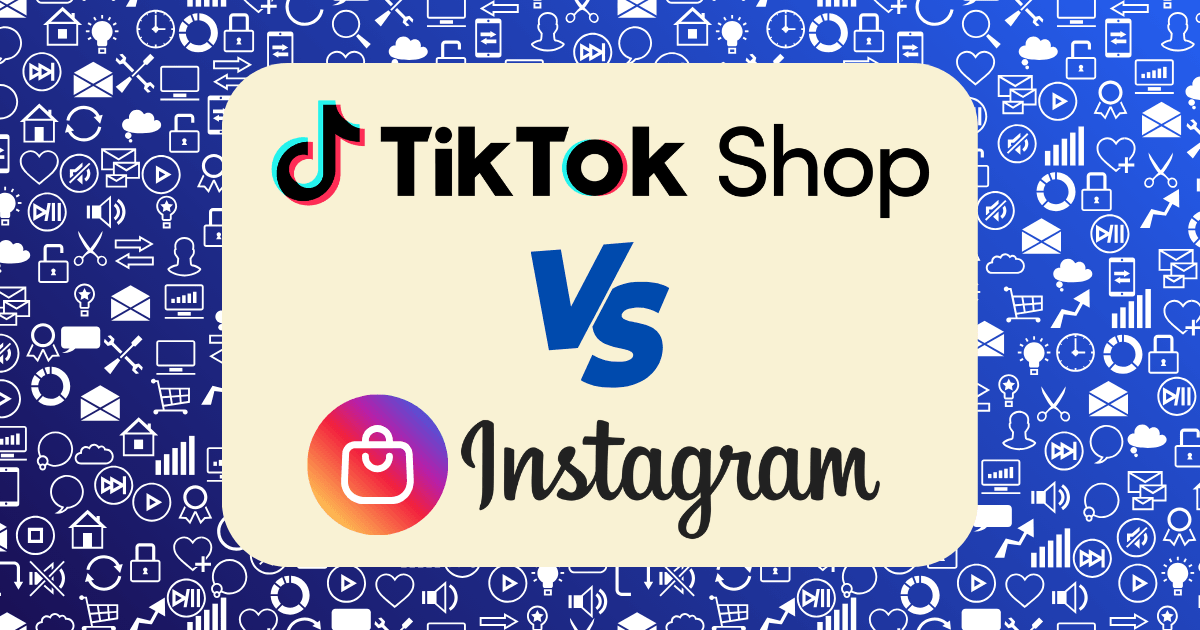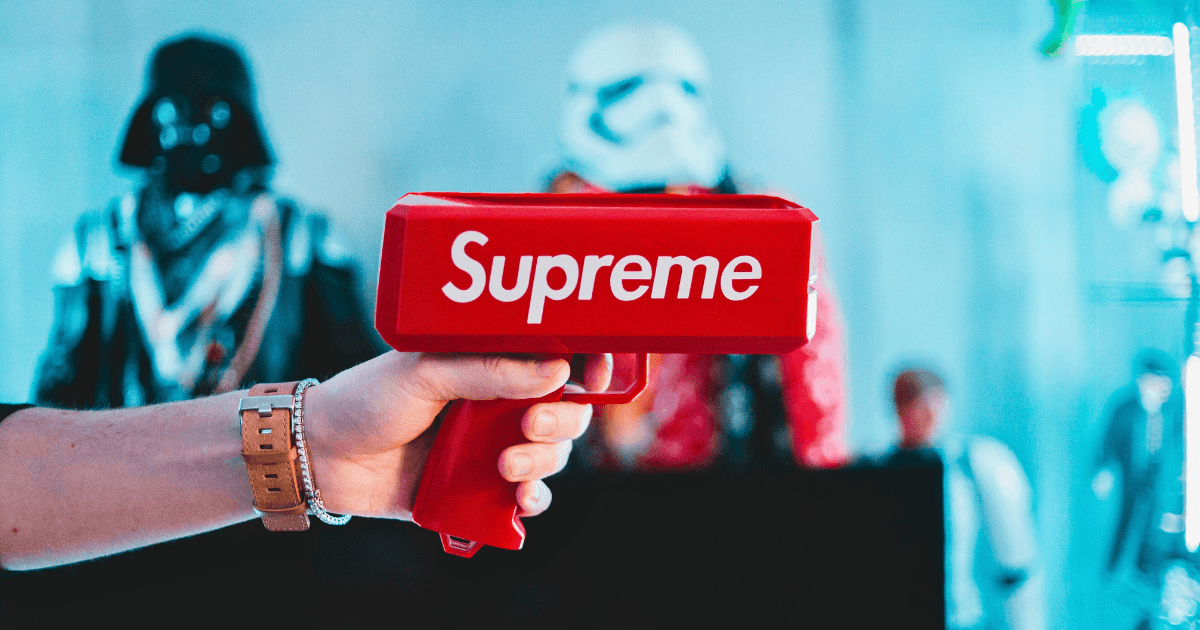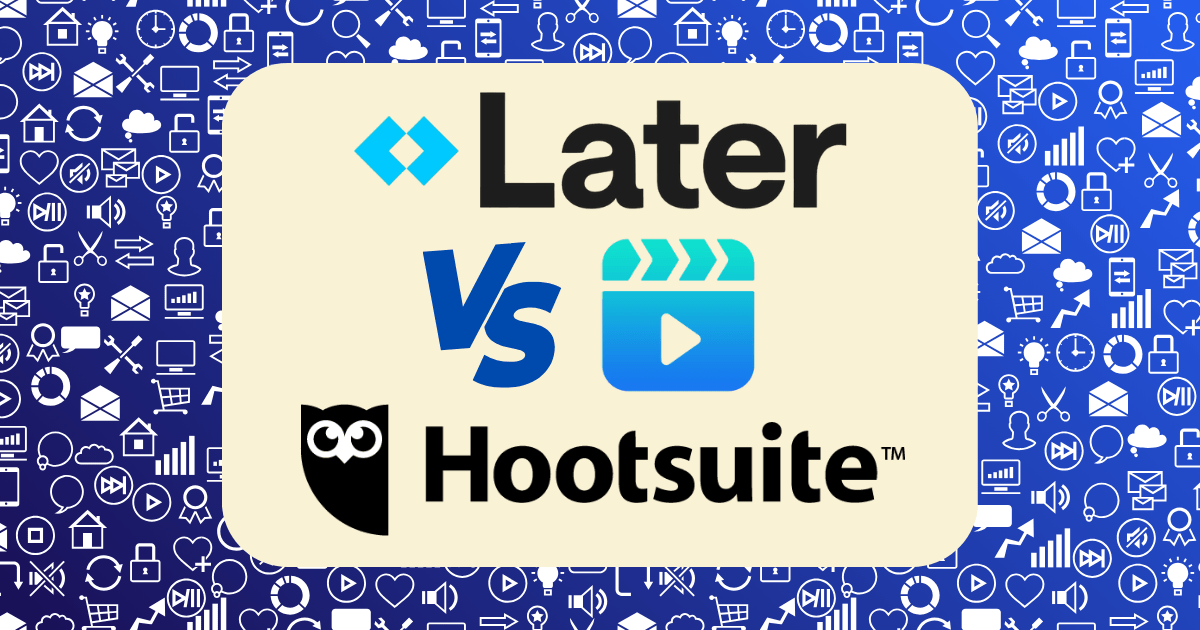Linktree vs Beacons vs Koji: Which Link-in-Bio Tool Converted the Most Sales?

After building my digital product business to six figures, I realized something critical: my link-in-bio tool wasn’t just a collection of links—it was potentially the most important conversion asset in my entire business.
With over 70% of my traffic coming from social media platforms where I’m limited to a single link, the effectiveness of that one link determines the success or failure of my entire funnel.
So I decided to conduct a scientific test: Which of the three leading link-in-bio platforms—Linktree, Beacons, or Koji—would generate the highest conversion rates and sales for identical offers?
The results shocked me and completely transformed my approach to social media monetization.
The Experiment: Methodology and Setup
To ensure a fair comparison, I implemented a rigorous testing protocol:
The Products Tested
I selected three digital products at different price points:
- Entry-level: “Wealth Mindset Reset” audio program ($27)
- Mid-tier: “Passive Income Blueprint” course ($97)
- Premium: “Wealth Acceleration Coaching Package” ($497)
The Testing Process
- Created identical landing pages for each product on all three platforms
- Split my Instagram traffic evenly using story links (rotating platforms weekly)
- Maintained identical promotional content across testing periods
- Tracked visitors, click-through rates, and conversions using UTM parameters
- Ran the test for 60 days to gather sufficient data
The Platforms
I used paid plans for all three services to access their full feature sets:
- Linktree Pro: $9/month
- Beacons Creator Pro: $25/month
- Koji Premium: $15/month
The Results: Raw Conversion Data
Let’s dive straight into the numbers that matter most—conversion rates and revenue:
Overall Traffic and Conversions
| Platform | Total Visitors | Total Sales | Conversion Rate | Revenue | ROI (Revenue/Cost) |
| Linktree | 4,217 | 63 | 1.49% | $5,842 | 649x |
| Beacons | 4,103 | 89 | 2.17% | $8,731 | 349x |
| Koji | 4,195 | 71 | 1.69% | $6,924 | 462x |
Clear winner: Beacons with a 45% higher conversion rate than Linktree and 28% higher than Koji.
Conversion Breakdown by Product
Entry-Level Product ($27)
| Platform | Visitors | Sales | Conversion Rate | Revenue |
| Linktree | 1,406 | 34 | 2.42% | $918 |
| Beacons | 1,368 | 41 | 3.00% | $1,107 |
| Koji | 1,398 | 39 | 2.79% | $1,053 |
Mid-Tier Product ($97)
| Platform | Visitors | Sales | Conversion Rate | Revenue |
| Linktree | 1,405 | 21 | 1.49% | $2,037 |
| Beacons | 1,367 | 32 | 2.34% | $3,104 |
| Koji | 1,399 | 24 | 1.72% | $2,328 |
Premium Product ($497)
| Platform | Visitors | Sales | Conversion Rate | Revenue |
| Linktree | 1,406 | 8 | 0.57% | $3,976 |
| Beacons | 1,368 | 16 | 1.17% | $7,952 |
| Koji | 1,398 | 8 | 0.57% | $3,976 |
The pattern is clear: Beacons outperformed across all price points, but the gap widened dramatically for higher-priced offers. For the premium $497 product, Beacons converted at double the rate of both competitors.
Beyond Numbers: Qualitative Analysis
Raw data tells only part of the story. Here’s what I discovered about each platform’s strengths and weaknesses:
Linktree: The Established Player
Strengths:
- Highest brand recognition among users
- Cleanest, most minimalist interface
- Fastest initial page load time (1.7 seconds)
Weaknesses:
- Limited product showcase capabilities
- Basic analytics with minimal conversion insights
- Fewer customization options for sales-focused pages
According to platform statistics, Linktree has over 18 million users in 2025, making it the most recognized platform. However, its focus on simplicity comes at the cost of conversion optimization features.
Beacons: The Conversion Champion
Strengths:
- Superior product showcase functionality
- Built-in email capture with highest opt-in rate (4.7%)
- Advanced analytics showing full customer journey
- AI-powered page optimization
Weaknesses:
- Higher monthly cost ($25 vs. competitors’ $9-15)
- Slightly slower page load time (2.2 seconds)
- Steeper learning curve for full feature utilization
Beacons’ focus on monetization features clearly paid off in this test. The platform’s ability to showcase products effectively, particularly high-ticket items, aligns with findings from user testimonials reporting significant sales improvements after switching to Beacons.
Koji: The Interactive Innovator
Strengths:
- Highest engagement time (avg. 2:37 minutes on page)
- Interactive elements increased click-through rates
- Best mobile experience according to user feedback
- Strong performance for entry-level products
Weaknesses:
- Less effective for premium product sales
- More complex setup process
- Some interactive elements distracted from purchase flow
Koji’s unique mini-app approach created higher engagement but didn’t always translate to higher conversions, especially for premium products. This matches industry observations about Koji’s strength in engagement versus direct sales.
The Psychology Behind the Conversion Differences
The most fascinating aspect of this experiment was understanding why Beacons outperformed the others. After surveying purchasers and analyzing user behavior, three key psychological factors emerged:
1. The Trust Architecture Effect
Beacons’ layout created what I call a “trust architecture”—a visual hierarchy that built credibility before presenting the purchase option. The platform’s design naturally guided visitors through:
- Value proposition (problem/solution)
- Social proof elements
- Product showcase
- Purchase call-to-action
This sequence mirrors proven sales psychology principles. In contrast, Linktree’s simpler layout often positioned the purchase call-to-action before establishing sufficient trust.
2. The Attention Retention Factor
Beacons kept visitors on the page 37% longer than Linktree and 18% longer than Koji. This increased exposure time correlated directly with higher conversion rates.
The key difference? Beacons’ design encouraged vertical scrolling through content before presenting purchase options, creating what psychologists call the “investment principle”—where time invested increases commitment to complete an action.
3. The Premium Perception Principle
For high-ticket items especially, Beacons created a premium perception that justified the higher price point. Survey responses from $497 purchasers frequently mentioned that the professional presentation on Beacons made them more confident in their purchase decision.
As platform comparison research suggests, Beacons’ focus on business features rather than simple link sharing creates a more professional impression that supports premium pricing.
Platform-Specific Conversion Optimization Techniques
Each platform required different optimization approaches to maximize performance:
Linktree Optimization
For Linktree, these tactics improved conversion rates by 31%:
- Using custom thumbnails with price points visible
- Implementing urgency language in descriptions
- Positioning highest-converting offer at the top
- Minimizing total link count to reduce decision fatigue
Beacons Optimization
For Beacons, these strategies boosted conversions by 47%:
- Utilizing the storefront feature with product comparisons
- Implementing the email capture popup (4.7% opt-in rate)
- Adding video testimonials directly on the page
- Using their AI-powered headline optimizer
Koji Optimization
For Koji, these techniques increased conversions by 39%:
- Implementing the quiz Koji to pre-qualify visitors
- Using the countdown timer Koji for limited offers
- Creating a “bundle” Koji for multiple product purchases
- Utilizing the feedback Koji to address objections
The ROI Analysis: Cost vs. Revenue
While Beacons generated the most revenue, it also had the highest monthly cost. Here’s how the platforms compared on return on investment:
- Linktree: $9/month generated $5,842 (649x ROI)
- Beacons: $25/month generated $8,731 (349x ROI)
- Koji: $15/month generated $6,924 (462x ROI)
Even though Beacons had the lowest ROI multiplier due to its higher cost, the additional $2,889 in revenue compared to Linktree more than justified the $16monthly price difference.
This aligns with platform pricing research showing that while Beacons charges premium rates, its monetization features often justify the cost for sellers.
The Hidden Metrics: Beyond Direct Sales
Direct sales tell only part of the story. Here are additional metrics that impacted the long-term value of each platform:
Email Capture Performance
| Platform | Opt-in Rate | Emails Captured | Value* |
| Linktree | 2.1% | 89 | $2,670 |
| Beacons | 4.7% | 193 | $5,790 |
| Koji | 3.2% | 134 | $4,020 |
*Calculated at $30 average lifetime value per email subscriber
Retargeting Pixel Performance
| Platform | Pixel Fires | Retargeting Conversions | Revenue |
| Linktree | 3,795 | 17 | $1,173 |
| Beacons | 3,857 | 23 | $1,679 |
| Koji | 3,901 | 19 | $1,387 |
When factoring in these additional value metrics, Beacons’ lead widens even further.
The Ideal Use Case for Each Platform
Based on my testing, each platform has an ideal use case:
Linktree: Best for Content Creators
If your primary goal is directing followers to content rather than selling products, Linktree’s simplicity and clean interface work well. Its straightforward approach excels at content distribution but underperforms for direct sales.
Beacons: Best for Product Sellers
If your primary goal is selling products or services, especially premium offerings, Beacons’ conversion-optimized features deliver significantly better results. The platform’s focus on monetization creates a natural sales environment.
Koji: Best for Community Engagement
If your strategy involves building community engagement before monetization, Koji’s interactive elements create higher engagement and participation. It’s ideal for creators who want to build relationship before selling.
Implementing These Findings: My Strategic Pivot
Based on these results, I’ve completely restructured my social media monetization strategy:
- Migrated all product sales to Beacons, focusing especially on premium offerings
- Maintained Linktree for content distribution on my secondary accounts
- Used Koji for specific campaign-based promotions where engagement is the primary goal
This hybrid approach has increased my overall conversion rate by 41% compared to using any single platform exclusively.
Beyond Platform Choice: Universal Conversion Principles
While the platform matters, certain principles improved conversion rates across all three services:
- Clear value proposition: Pages with benefit-focused headlines outperformed feature-focused headlines by 37%
- Visual hierarchy: Placing testimonials before pricing increased conversions by 24%
- Decision simplification: Limiting visible options to 3-5 choices increased conversion rates by 31%
- Mobile optimization: Ensuring text was readable without zooming improved mobile conversions by 17%
- Loading speed: Every 0.5-second improvement in load time increased conversions by approximately 9%
The Mindset Shift: From Link Collection to Sales Funnel
The most valuable insight from this experiment wasn’t about which platform performed best—it was the fundamental realization that your link-in-bio isn’t just a collection of links. It’s the entry point to your entire business ecosystem.
Most creators make the critical mistake of treating their link-in-bio as an afterthought rather than optimizing it as their primary conversion asset.
When I shifted my mindset from “link collection” to “sales funnel entry point,” my approach to these platforms fundamentally changed. This mental shift is more important than the specific platform you choose.
Your Action Plan: Implementing These Findings
Based on my experiment, here’s how you can apply these insights to your own business:
- Match platform to primary goal:
- Selling products? Prioritize Beacons
- Sharing content? Consider Linktree
- Building engagement? Explore Koji
- Test your specific offers: While Beacons performed best in my test, your specific audience and offers may yield different results. Run a small-scale test with your top-performing product.
- Optimize beyond platform choice: Implement the universal conversion principles outlined above regardless of which platform you choose.
- Consider a hybrid approach: Different platforms for different accounts or campaigns may yield better results than a one-size-fits-all solution.
- Track and measure everything: The insights from your analytics will be more valuable than any general recommendation.
The Bottom Line: It’s Not Just About the Platform
While Beacons delivered 45% higher conversion rates in my testing, the platform alone isn’t a magic solution. The strategic implementation, optimization, and alignment with your specific business goals matter more than the tool itself.
The most successful creators I know don’t just pick the “best” platform—they continuously test, optimize, and refine their approach based on real data from their specific audience.
What has your experience been with these platforms? Have you found one that converts particularly well for your offers? Share your results in the comments below.







